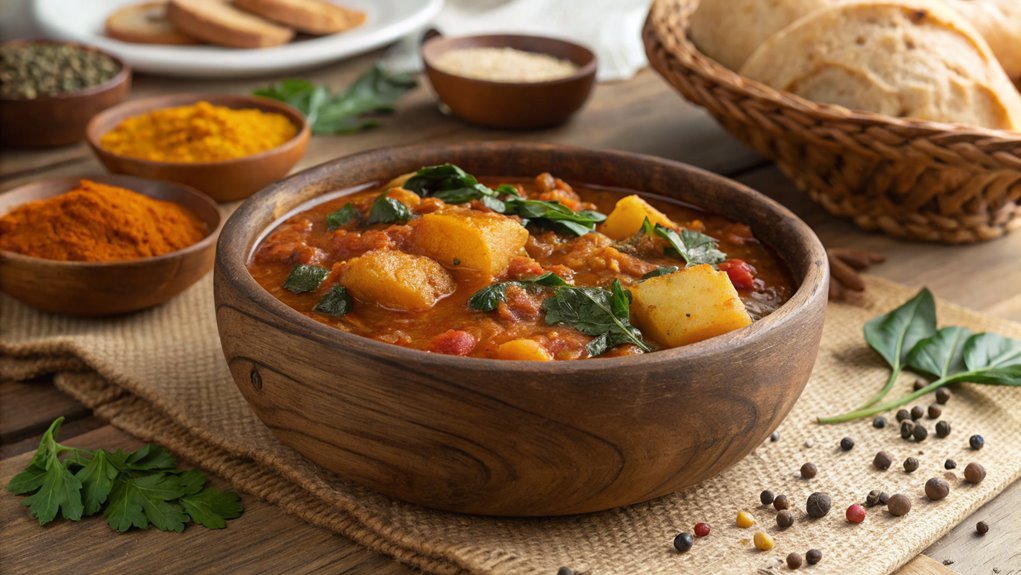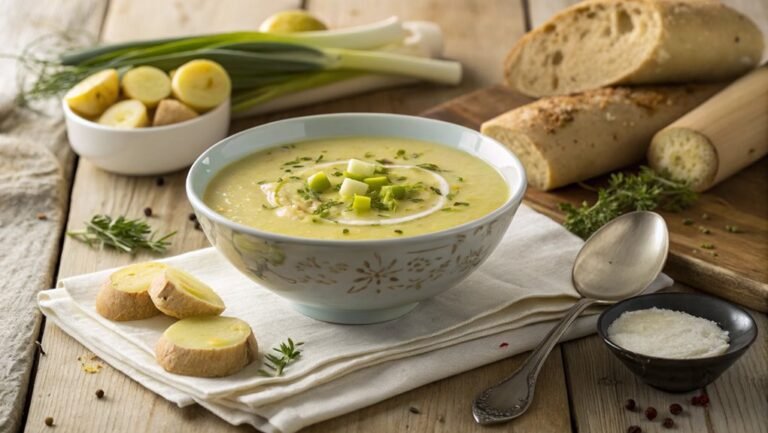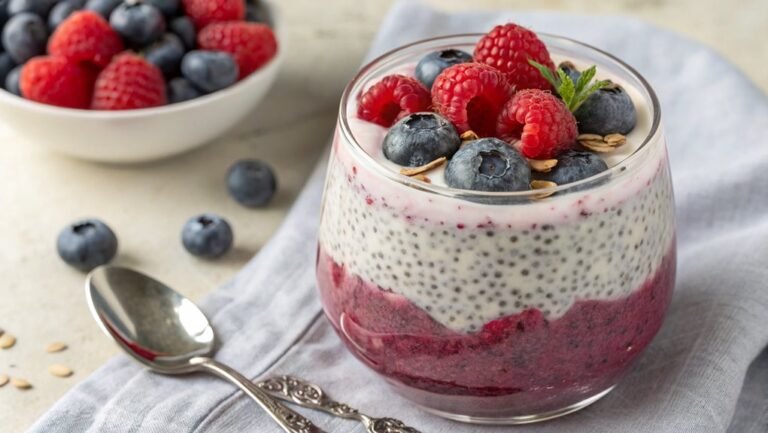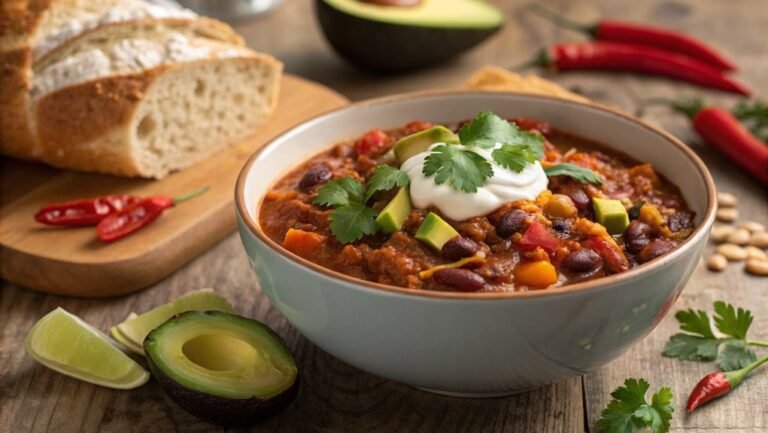Ndengu Stew Recipe

Experience the transformative power of Ndengu stew with this hearty recipe. Mung beans, rich in protein and fiber, are cooked to perfection, then combined with sautéed onions and garlic for depth. A dash of coconut milk adds creaminess, making this stew both comforting and satisfying. Ready to delight your taste buds? Let’s get cooking!
Recipe
Ndengu stew is a delightful and comforting dish that’s both nutritious and easy to prepare at home. Known for its high protein and fiber content, this stew is made with mung beans and flavored with aromatic spices and creamy coconut milk. It’s a perfect meal for those looking to enjoy something both healthy and satisfying. Ndengu is widely prepared in East African countries and is celebrated for its delicious flavor and ease of preparation.
The stew pairs wonderfully with chapati, a type of flatbread, and is best garnished with fresh dhania to add a vibrant touch to the dish. Whether you’re cooking for family or friends, Ndengu stew is sure to impress with its rich flavors and wholesome goodness.
Ingredients:
- 1-2.5 cups mung beans
- 1 onion
- 2 cloves of garlic
- 1-inch piece of ginger
- 2 pureed tomatoes
- Spices (such as cumin, coriander, and turmeric)
- Coconut milk
- Fresh dhania (cilantro)
Cooking Instructions:
- Begin by rinsing the mung beans thoroughly under cold water. Place them in a pot and cover with water, then boil until the beans are soft. This usually takes about 20-30 minutes.
- While the beans are cooking, finely chop the onion, garlic, and ginger.
- In a separate pot, heat a bit of oil over medium heat. Add the chopped onion and sauté until translucent.
- Stir in the garlic and ginger, cooking until fragrant.
- Pour in the pureed tomatoes and your choice of spices. Stir well to combine and let the mixture cook for a few minutes.
- Add the cooked mung beans to the pot, followed by the coconut milk. Stir everything together and reduce the heat to a simmer.
- Allow the stew to cook gently for another 15-20 minutes, so the flavors meld together.
- Adjust the seasoning to taste and serve the stew hot with chapati.
Extra Tips:
For the best results, make sure to rinse the mung beans thoroughly to remove any dirt or debris. If you prefer a thicker stew, let it simmer a bit longer to reduce the liquid.
Be creative with your spices; you can add chili for extra heat or a splash of lemon juice for brightness. Remember, the key to a flavorful Ndengu stew is allowing enough time for the flavors to develop, so don’t rush the simmering process.
Frequently Asked Questions
Can I Use Dried Ndengu Instead of Fresh Ndengu?
Absolutely, you can use dried ndengu instead of fresh! Dried ndengu packs a punch in nutritional benefits, offering protein and fiber.
To prepare, soak them in water to rehydrate, then boil until soft. This cooking technique makes them perfect for absorbing flavors in your dish.
It’s exciting to create a delicious meal with these versatile legumes. Try incorporating them into your recipes, and you’ll be amazed at how delightful and nutritious your dishes can be!
How Long Does Ndengu Stew Last in the Refrigerator?
Ndengu stew can last 3-4 days in your fridge if stored properly.
To maximize freshness, follow these refrigerator tips: use airtight containers to keep out air and bacteria.
Remember to cool your stew quickly after cooking, dividing larger portions for faster cooling.
Always check for signs of spoilage, like unusual odors or changes in texture.
Enjoy your delicious stew while it’s fresh, and happy cooking!
What Are Some Good Side Dishes for Ndengu Stew?
Finding side dishes for your meal is like discovering treasures in a vast ocean!
For perfect rice pairings, consider steamed white rice or coconut rice; they soak up delicious flavors beautifully. Flatbread options like chapati are flaky, making every bite delightful! You can also try ugali for a hearty touch.
Each side complements the main dish wonderfully, creating a feast that’ll excite your taste buds. Immerse yourself and enjoy these mouthwatering combinations!
Can I Freeze Ndengu Stew for Later Use?
Absolutely, you can freeze ndengu stew for later use!
Just follow some freezing tips: make sure to boil the mung beans until they’re soft, then allow the stew to cool completely.
Use airtight storage containers to protect your stew from freezer burn. It’s best to package it in small portions for easy thawing.
When you’re ready to enjoy it again, just reheat and savor the flavors all over!
Is Ndengu Stew Suitable for Vegetarians or Vegans?
Absolutely, Ndengu stew is perfect for both vegetarians and vegans, packed with nutritional benefits!
Its main ingredient, mung beans, is protein-rich and combines wonderfully with spices like cumin and turmeric.
You can make ingredient substitutions, like using a vegan coconut milk alternative, which keeps it deliciously creamy.
So, why not immerse yourself in this vibrant dish?
It’s easy to make, budget-friendly, and you’ll love how satisfying it is, making every bite a joy!
Conclusion
Enjoying this vibrant Ndengu stew is like receiving a warm hug on a chilly day. The combination of earthy mung beans, aromatic spices, and creamy coconut milk turns simple ingredients into a comforting masterpiece.
Imagine sharing this dish with family or friends and savoring its rich flavors and health benefits. Immerse yourself in this culinary adventure and make Ndengu stew a staple in your kitchen—your taste buds will thank you!





